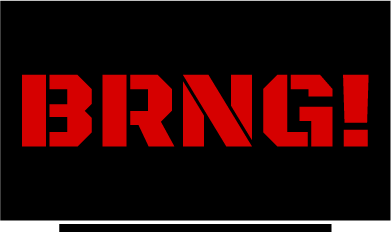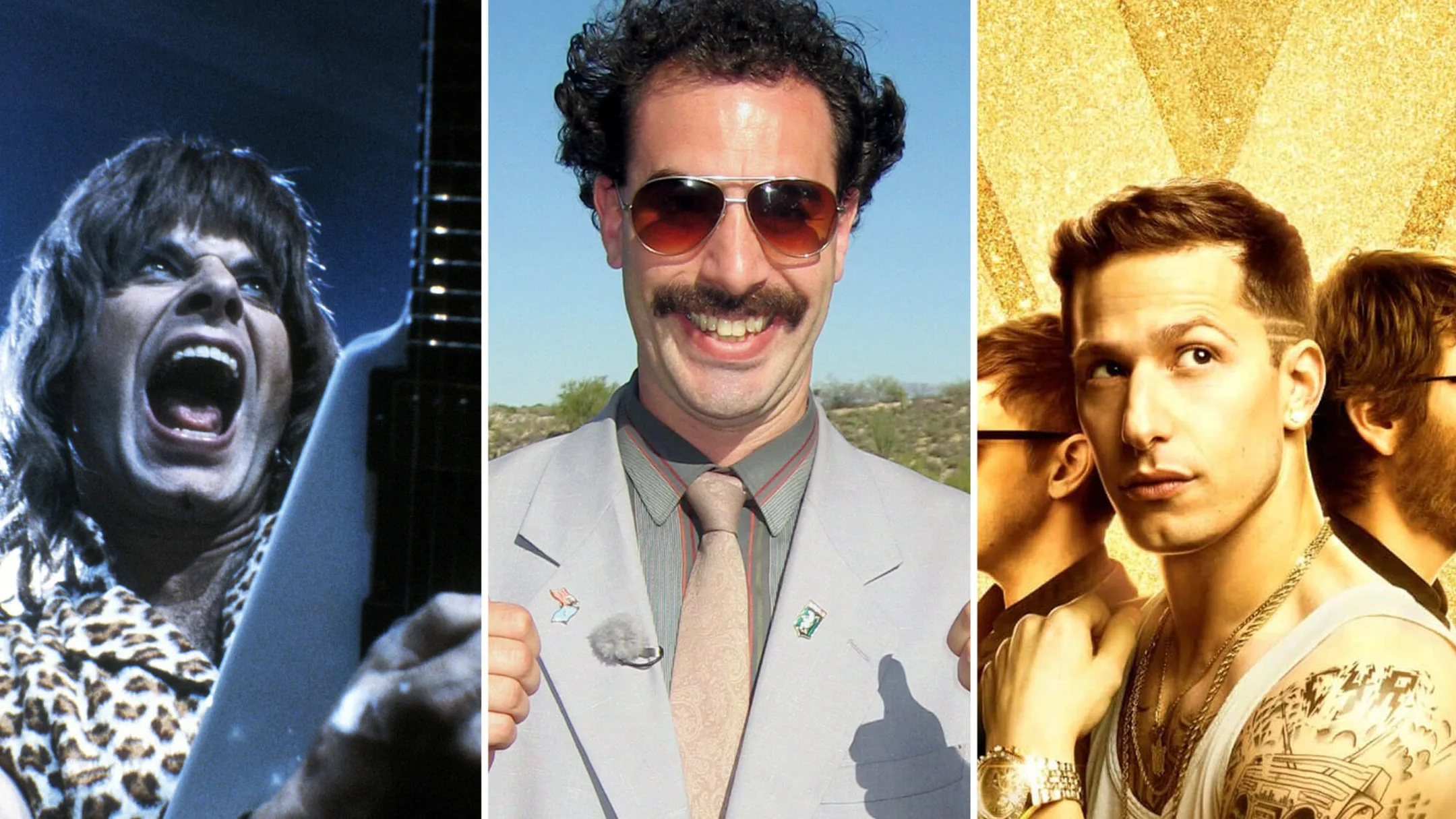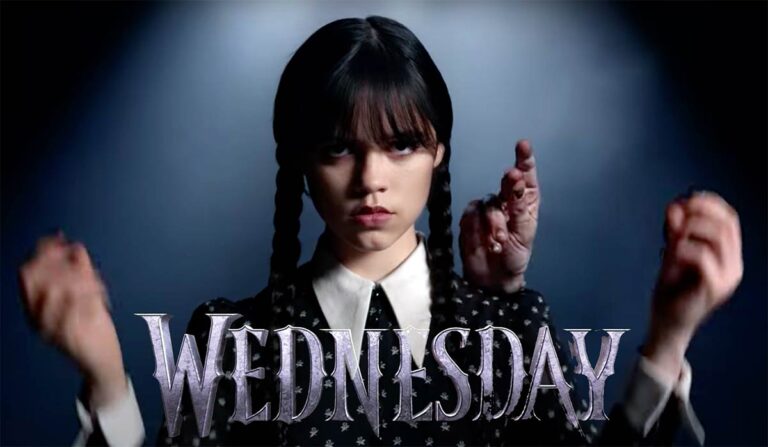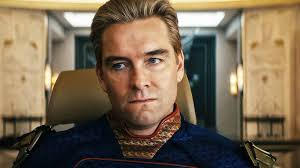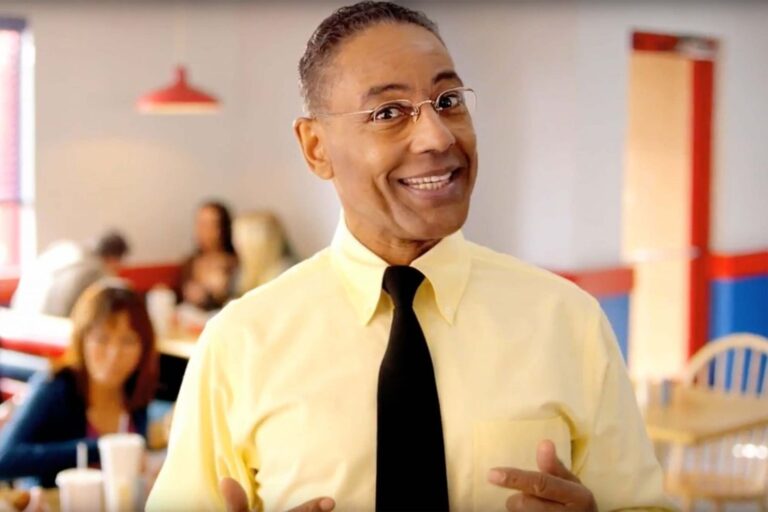Picture this: it’s the 1950s, your living room glows in the warm light of a hulking TV set, and Lucille Ball is doing something hilarious with a vat of grapes. Suddenly, canned laughter erupts. It’s infectious. You laugh along. Could anyone resist? The era of the laugh track reigned supreme, and TV comedy felt like a family gathering where everyone knew just when to cackle.
Rolling with the Laugh Track
Back then, TV comedies like “I Love Lucy” and “The Honeymooners” ran on a simple recipe. You got a multi-camera setup, a set that felt oddly like your grandma’s living room, and that unmistakable soundtrack of laughter. If you didn’t know when to laugh, don’t worry, the laugh track did — or a studio audience if you were lucky enough to get tickets. These shows gave us slapstick, silly misunderstandings, and big personalities. Everybody, it seemed, wanted a slice of that shared joy.
- Fun Fact: “I Love Lucy” first hit the screens in 1951, and for years after, sitcoms basically followed its playbook. According to Fiveable, the laugh track was so essential that sitcoms without one were marketing nightmares.
But every golden age must end, and change was in the air by the time disco and bell-bottoms hit.
Comedy Grows Up (Sort Of) – The 1970s and 1980s
As the world got a little more real, so did TV. “All in the Family,” with its iconic arch-witted Archie Bunker, wasn’t afraid to poke pretty much every social nerve in sight. “The Mary Tyler Moore Show” put a single, independent woman front and center, and people loved it. So, what shifted? Comedy dropped the sugar coating and started calling out the elephant in the room, sometimes while the elephant complained about his rent.
- These sitcoms changed gears, weaving in topics like race, feminism, and even the Vietnam War. Quattrocentoquattro notes that for the first time, shows said, “Let’s laugh, but let’s also think.” Suddenly, being funny and being smart weren’t enemies.
Here Comes the “Show About Nothing” – 1990s Observational Humor
The ’90s looked at comedy and said, “Let’s find the absurd in the everyday.” Enter “Seinfeld,” where the big joke was that there really wasn’t one. Instead, it was a celebration of the mundane: double-dipping chips, waiting in line, or why anyone would ever, ever re-gift. Writers mined daily annoyances like they were pure gold, and it turned out — people could not get enough.
According to The Humor Columnist, “Seinfeld” paved the way for a new flavor of comedy. You’d recognize your own life in the storylines, but somehow the quirks got way funnier through a TV lens.
- The observational style dominated. Sitcoms like “Friends” and “Frasier” found their stride here. You didn’t need a laugh track guide anymore; if you got it, you got it.
Embracing the Awkward – Cringe Comedy of the 2000s
Now, let’s take a detour into the land of secondhand embarrassment. Somewhere around the millennium, comedy writers seemed to say: “You think slapstick is funny? Wait until you see one man destroy his own dignity at an office party.” “The Office” (U.S. and the original U.K. version), “Curb Your Enthusiasm,” and “Arrested Development” leaned into discomfort — hard.
With cringe comedy, you laughed not at the joke itself, but at the horrible, gut-churning social slipup happening on screen. Michael Scott from “The Office” became the king of saying the wrong thing at the wrong time. This was new, uncomfortable territory, but totally addictive. As Bulbapp points out, audiences found themselves emotionally invested in these awkward, flailing characters in ways laugh tracks never allowed.
The Mockumentary Revolution
And then, the wall between TV and “real life” really started to crumble. The mockumentary arrived, armed with wobbly handheld cameras, direct-to-camera interviews, and an utter refusal to sweeten the laugh.
“Parks and Recreation,” “Modern Family,” and of course, “The Office” led the charge into this new format. The mockumentary mixed in the dry delivery and knowing glances of documentary filmmaking, but used it to serve up total nonsense. The effect? It felt shockingly real, like a private look behind the cranky office door. No need for laugh tracks anymore. You decided when (and if) it was time to laugh.
What’s wild is that, as Bulbapp explains, this style continues to inspire new shows — even in 2025 — feeling fresher than ever.
Streaming and the Age of Infinite Comedy
Fast-forward. You’re sitting on the couch, but now, instead of four channels, you’ve got four thousand. Streaming hit like an asteroid. It blew up the traditional sitcom model, and TV got wild and weird in the best way.
- Modern standout series include “Brooklyn Nine-Nine” (police sitcoms, but silly!), “The Big Bang Theory” (geeks finally get the spotlight), and a wave of revivals and reboots. Some stick to laugh track roots, others go mockumentary, some slip into single-camera formats with no audience at all — and it all finds an audience.
Platforms like Netflix, Hulu, and Amazon Prime give space to experimental comedies, international hits, and voices you don’t usually see on old-school network TV. And let’s be real: binge-watching has turned the 22-minute punchline into a 16-hour comic odyssey.
Comedy Goes Digital — and Global
So, where does the comedy conversation go next? Today, a standup clip goes viral on TikTok before you’ve finished your coffee. A skit on YouTube gets more views than entire network premieres, no joke. Podcasts let comedians riff long-form, unedited, anywhere — no censors, no rules.
According to ComedyWriter.info, meme culture forms a whole new layer of short-form comedy. It’s not just about scripted shows anymore — literally anyone, anywhere, can become the next big name in comedy. It’s messy, unpredictable, and electric.
Sitcom Diversity: Different Voices, Different Jokes
Representation has exploded. Comedies from across the globe now compete on the same Netflix page as “Friends” reruns, and American sitcoms finally start letting a wider array of stories take the lead. “Ramy,” “Master of None,” “Kim’s Convenience,” and a wave of international imports show audiences new families, new cultures, and brand-new punchlines.
Streaming’s anything-goes mentality has allowed hybrid genres — dramedies, mocku-soaps, hybrid animation — to sprout up. Now, nothing looks like the rigid sitcom blocks of yesteryear.
But Where’s the Laugh Track Now?
Poof. Gone, mostly. The canned audience laugh now sounds quaint, almost nostalgic, to modern ears. Viewers want to decide for themselves what’s funny, cringe, or just plain weird.
But don’t cry for the laugh track — it had a great run. You’ll still catch one here and there, especially when a show wants that throwback vibe. Yet the power’s shifted, and the audience now writes the punchlines on Twitter or in comment sections. Sometimes the best joke isn’t even on the screen — it’s in the hot takes that go viral the next day.
The Eternal Punchline
After 70-plus years, TV comedy still finds fresh soil. Whether it’s the comforting echoes of old laugh-track sitcoms or the sharp new edges of cringe humor and mockumentaries, the genre bends, moves, and grooves with culture. Sitcoms outlive trends because our need to laugh at ourselves — and each other — never dies.
So where’s next? That’s up to the writers, the streamers, the TikTokers, and maybe you, dear reader. Whatever face TV comedy wears in the next era, one thing stays steady: it’s how we all get through life’s absurdities, together, punchline after punchline.

